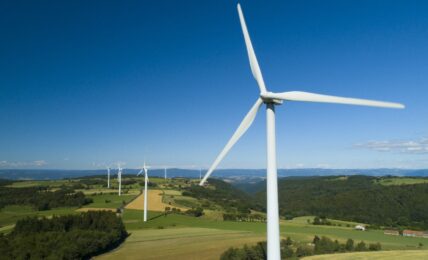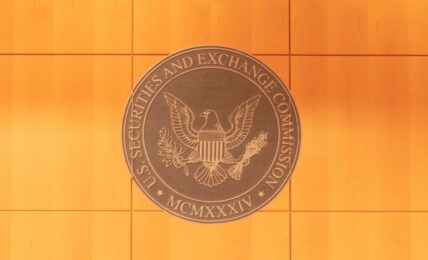The European Commission announced the launch of its Green Bond Framework, a key step as it prepares to kick of its landmark €250 billion green bond program with an initial issuance anticipated in October.
The green bond program is being launched as part of NextGenerationEU (NGEU), the EU’s €800 billion recovery program, established in response to the COVID-19 crisis, aimed at supporting the economic recovery through investments geared towards making the EU greener, more digital and more resilient. European Commission President Ursula von der Leyen announced last year that a full 30% of the NextGenerationEU budget will be raised through green bonds.
EU-Commissioner in charge of Budget and Administration, Johannes Hahn, said:
”The EU’s intention to issue up to €250 billion in green bonds between now and end-2026 will make us the largest green bond issuer in the world. This is also an expression of our commitment to sustainability and places sustainable finance at the forefront of the EU’s recovery effort.”
The new framework establishes the criteria for investment for proceeds from the upcoming green bond issuances, with a particular focus being made on financing climate-relevant expenditures under the NGEU’s Recovery and Resilience Facility loans and grants program for member states. Specific eligible categories for investments under the framework include research and innovation activities and digital technologies supporting the green transition, energy efficiency, clean energy and network, climate change adaptation, waste and wastewater management, clean transport and infrastructure, and nature protection, rehabilitation and biodiversity.
The EU’s upcoming green bond issues will further expand the already rapidly growing sustainable finance market. A recent report from Moody’s Investors Service forecast global sustainable bond issuance to reach $850 billion this year, representing an increase of 59% over last year’s record $533 billion, and consisting of roughly $450 billion of green bonds and $200 billion each of social bonds and sustainability bonds. Overall, Moody’s expects sustainable bonds to account for 8% – 10% of total global debt issuance this year.
V.E, Part of Moody’s ESG Solutions provided a Second Party Opinion (SPO) on NGEU Green Bond Framework, stating that the framework is aligned with the ICMA’s Green Bond Principles, is expected to contribute to nine of the United Nations’ Sustainable Development Goals, and to the EU’s environmental commitments, objectives and targets, such as the long-term ambition to achieve climate neutrality by 2050.
Patrick Mispagel, Managing Director – Sustainable Finance at Moody’s ESG Solutions, said:
“Green bonds issued via the European Commission’s framework are expected to provide a ‘Robust’ contribution to sustainability, the second-highest level on our four-point scale. Investing in a green recovery from the pandemic demonstrates the EU’s commitment and role in enabling the green transition, and further developing the European sustainable finance market.”
The post EU Prepares to Kick Off Massive €250 Billion Green Bond Program in October appeared first on ESG Today.



